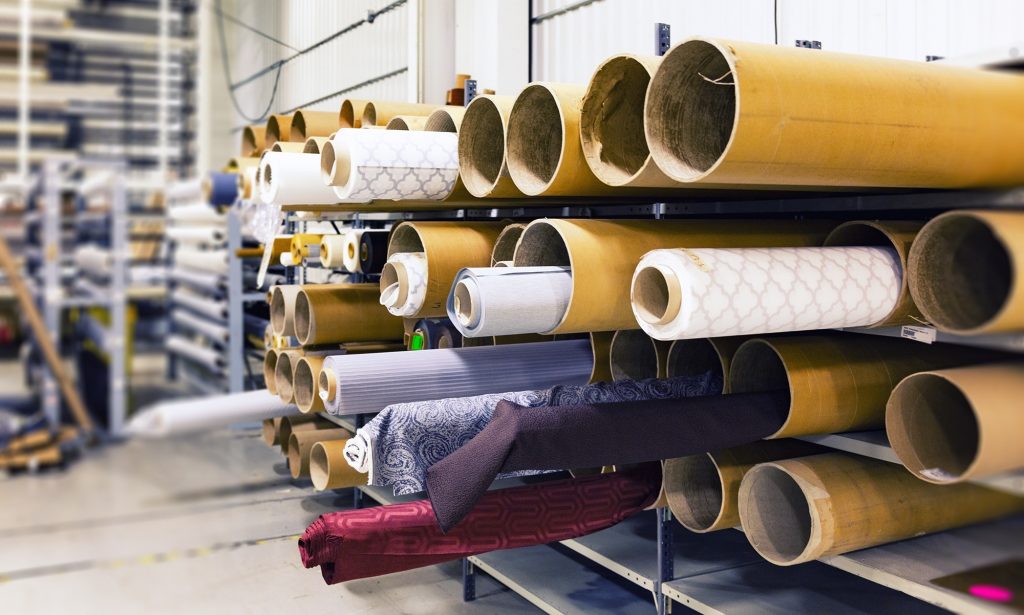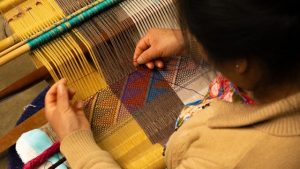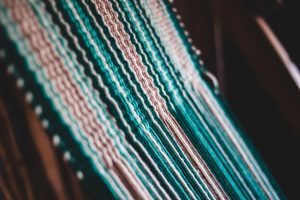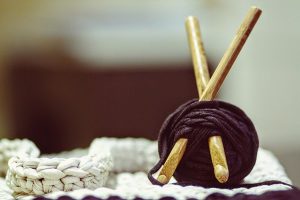Departments Of Fabric Sector

Now we are mosting likely to review regarding the departments of fabric industry briefly as adheres to–.
Spinning.
The conversion of fibre (all-natural or man-made) into yarn is called rotating. The spinning division has several steps like blowroom, carding, attracting, combing, simplex as well as ring frame. Blow room is the initial step of rotating. Right here the cotton bale is developed into uniform lap of particular length by opening, cleansing, blending or mixing. The following action is carding. Carding is called the heart of rotating. The third step is attracting. Here the slivers are mixed, doubled, leveled and also composed. The next step is combing. It is a process of straightening out as well as parallelizing of fibres as well as also the removal of brief fibers and also impurities. After that the action comes is simplex. Here bits are attenuated as well as also given a percentage of spin. Then the slivers are become roaming. The last action is ring frame. The roving, on bobbins, is positioned in the ring structure, where it travels through a number of collections of rollers performing at higher rates of rate and is lastly drawn out to thread.
Textile Manufacturing.
There are various methods of fabric manufacturing. Among them the weaving and the knitting are mostly made use of. Weaving is the significant method of fabric manufacturing. The method possibly came to be understood prior to spinning. Primitive individuals may have observed the lawns as well as twigs in the nests of birds, and also hence discovered just how they might make apparel on their own. Spinning developed when people uncovered that the raw products could be boosted prior to they were woven. In the course of time, disrespectful looms were made, which were crudely straightforward and also hand-operated. Currently a day various contemporary looms have been established yet essentially carries out the same operation as the basic hand ran impend. Weaving division also has different sections like winding, warping, sizing, looming. Weaving is the second most frequently utilized technique of fabric production. The popularity of knitting has expanded enormously within current years because of the raised flexibility of techniques, the flexibility of the many new manufactured fibers, as well as the development of consumer demand. Today making uses of weaved materials range from leg wear, undergarments, sweatshirts, pants, fits and also coats.
Damp Processing.
Damp processing is the department where desizing, scouring, bleaching, cleaning, mercerizing, coloring etc. are done. Desizing is done to get rid of the sizing products. Searching is done to remove the fats, oil, wax by utilizing alkali. Whitening is done to get rid of the all-natural color from the fibers. Washing is done to clean the textile product, Mercerizing is done to make the fabric brighter than brilliant and dyeing is done to make the fabric mono consistent tinted. Various types of makers like kier boiler, J-box, Jet, Jigger, Pad maul, Winch dyeing device etc. are made use of in damp handling department.
Wardrobe Production.
The handling actions and strategies involved in the production garments for large scale production on commercial basis for organization purpose are called garments making modern technology. Garments manufacturing facilities are categorized right into 3 categories as woven garments factory, weaved garments factory and sweatshirt garments manufacturing facility. The manufacturing facility which generating garments from woven fabrics is called woven garments factory. The manufacturing facility generating garments from weaved fabrics is called weaved garments manufacturing facility. To produce garments we need stitching devices yet the sewing equipments are of various types used for different certain kinds of stitches. Call of some typical stitching devices made use of in the garments manufacturing are stated below:
- Lock stitch sewing equipment.
- Chain stitch sewing device.
- Over lock stitching maker.
- Flat lock stitching maker.
- Blind stitch sewing maker.
- Bar Tac stitching machine.
- Button hole sewing machine.
- Switch attaching machine.
- Tag sewing equipment etc
Though a major part of this fabric industry associates with garments production, many individuals are used making brand-new styles as well as marketing them for production. A few other fabric firms produce sheets, coverings, pillow cases, and also towels. Importing and also exporting fabrics, garments are also a part of the fabric sector. Additionally the garments developers and also producers commonly have buyers to circumnavigate the world to seek the best towel to develop their fashions. Because of the type of product that is locally generated varies significantly from one nation to the next.
Finally we can state that, the textile sectors offer us with the above items while providing an useful income source for many individuals throughout the globe.




